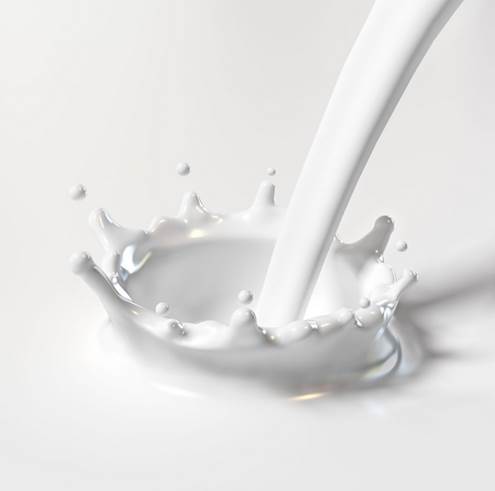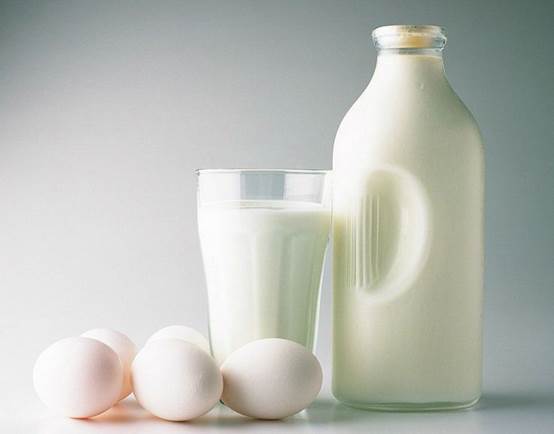There is more to milk production and
supply than just Mother Nature
Each of your breasts contains mammary
glands. These are the organs that produce the milk. The mammary glands consist
of alveoli, where the milk is made. They’re small clusters of sacs surrounded
by tiny muscles which squeeze them to push milk into the ductile. The ductile
are canals that carry the milk into the milk ducts. The milk ducts are an
amazing and intricate network of canals, somewhat like straws ending at the tip
of your nipple, and which deliver your milk directly into your baby’s hungry
mouth.

Your
milk factory should be ready sometime during your second trimester, which means
you’ll be able to feed your little one should he arrive prematurely.
During pregnancy, these ducts grow in size
and number and by the time you start breastfeeding there should be around nine
in each breast.
Your milk factory should be ready sometime
during your second trimester, which means you’ll be able to feed your little
one should he arrive prematurely.
Happy hormones
The birth of your baby paves the way for
the hormone prolactin to be released from your pituitary gland. Experts call it
the “mothering hormone” because it signals your body to make lots of nourishing
milk. It also triggers a maternal feeling. When baby suckles, the pituitary
gland is triggered to release oxytocin into your bloodstream. On reaching your
breast, the oxytocin stimulates the muscles around the milk-laden alveoli to
contract, squeeze and release milk. The milk moves to the ducts below the
areola and your little one presses the milk from the ducts into his mouth.
If you have engorged breasts during the
first few days, frequently feeding your baby will help as it keeps the flow of
milk going.

The
birth of your baby paves the way for the hormone prolactin to be released from
your pituitary gland.
You may experience some after pains in the
first few days as your baby suckles. These feel like mild labor contractions
but are simply due to the oxytocin kicking in and shrinking your uterus back to
its normal size. This same hormone caused your uterus to contract during labor.
While feeding, more of the prolactin
hormone is released to stimulate milk production for your baby’s next feed. The
more your baby feeds, the more prolactin is released into the bloodstream to
boost production. If you feel calm, peace and joy while breastfeeding, it’s the
oxytocin. It’s not known as the ‘hormone of love’ for nothing.
Controlling milk production
Your milk has a Feedback Inhibitor of
Lactation (FIL) that signals each breast how much to produce. Low FIL levels
push up milk production. If breasts aren’t frequently emptied then FIL builds
up and slows down production. FIL is the reason it’s possible for one breast to
produce enough milk to feed one baby and why a mom with twins can feed a baby
on each breast.

Your
milk has a Feedback Inhibitor of Lactation (FIL) that signals each breast how
much to produce.